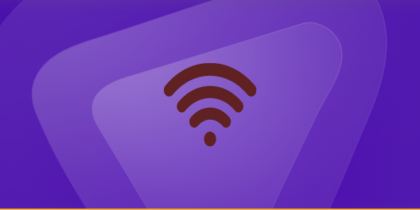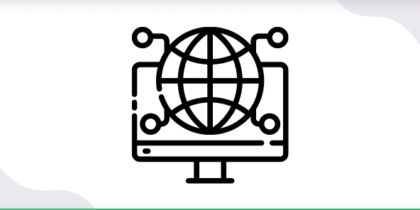Table of Contents
Real-Time Streaming Protocol (RTSP) is a tried-and-tested video technology that has been used to control audio/video transmission between two endpoints and facilitate the low-latency streaming of content all over the internet.
Port forwarding allows you to access a client’s server that is behind routers, NATs, CGNAT, or firewalls. By opening ports, you can control devices behind the router. This guide will show you how to port forward Real-Time Streaming Protocol.
Requirements to Port Forward Real Time Streaming Protocol
Just before you begin with the process of port forwarding, make sure you have the following things:
- Downloaded and installed the Real Time Streaming Protocol server.
- The IP address of your router.
- IP address of your device.
TCP and UDP ports of Real Time Streaming Protocol are mentioned in the section below.
Step-by-step guide on how to port forward Real Time Streaming Protocol
Now that you have the above details noted down, you can move to the next stage of Real Time Streaming Protocol port forwarding:
- On your web browser address bar, type your router’s IP Address/Default Gateway.
- Log in with your router’s credentials (username and password) to view your router’s firmware settings.
- Navigate to the port forwarding section of your router.
- Click on Port Forwarding.
- Enter the IP address of your device in your router in the correct box.
- Put the TCP and UDP ports of the Real Time Streaming Protocol server in the boxes in your router. The default Real Time Streaming Protocol port number is 554. And then click the apply button.
- And you’re done. Restart your router to let the changes take effect.
- Once your changes take effect, now you can host a Real Time Streaming Protocol server and let your friends connect to it as well. To let them connect to it, you need to provide them the hostname you are using, along with the port number. For example, ‘hostname.domain.com:25565’.
Real Time Streaming Protocol ports needed to run
The default Real Time Streaming Protocol ports are:
| TCP Port: | 554 |
| UDP Port: | 554 |
Quickly and safely open ports using PureVPN
Opening a port shouldn’t be complicated. With the Port Forwarding add-on, it’s as simple as 1, 2, and 3!
Ports to forward on devices
Ports to run on PC:
| TCP Port: | 554 |
| UDP Port: | 554 |
How to open ports behind CGNAT
What if your ISP performs CGNAT? Most ISPs perform CGNAT (Carrier-grade Network Address Translation) to conserve bandwidth and assign a single IP address to multiple users connected to the same internet network. However, CGNAT makes it difficult for you to open ports on the router.
To get around the CGNAT issue, you can use the Port Forwarding add-on to bypass this problem and port forward routers without hassle.
Here’s more information on how to use PureVPN’s Port Forwarding add-on and bypass CGNAT in a few clicks.
PureVPN’s Port Forwarding Add-on
A secure way to open all ports
To most people, port forwarding is quite a demanding task. For starters, every router has a different console, which often makes it difficult to navigate to specific settings.
Secondly, you won’t always be able to open Real Time Streaming Protocol Online ports on your router if your ISP restricts the ports. Yes, you heard that right! ISPs are notorious for blocking ports due to security reasons. If ISP isn’t the reason behind a blocked port, then perhaps it could be your operating system’s firewall.
Well, you can eliminate all these problems with PureVPN’s Port Forwarding add-on. Through the Port Forwarding add-on, you can allow all ports, disallow all ports, and allow specific ports.
FAQ’s
What ports can I use for RTSP?
RTSP streaming via HELO uses incoming TCP connections. You can use the RTSP Port sliding control to choose the port number. The default port number is 554.
Is RTSP still used?
Although RTSP is not as popular today, it is still used to capture the feed from IP cameras. It is needed to mention that RTSP for IP cameras and television are two entirely different protocols.
Does RTSP require port forwarding?
To watch your camera’s video feed from outside of your network, you will first need to port forward the RTSP port in your router to match up with your camera’s IP address. The default RTSP port for H-Series IP cameras is 554.



